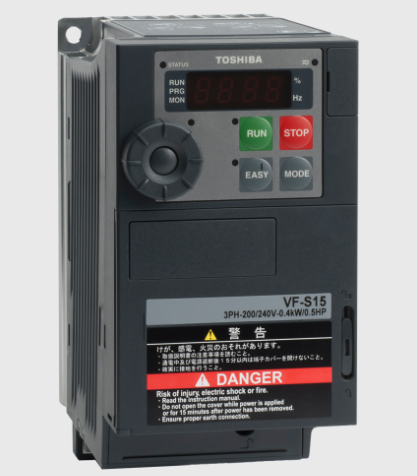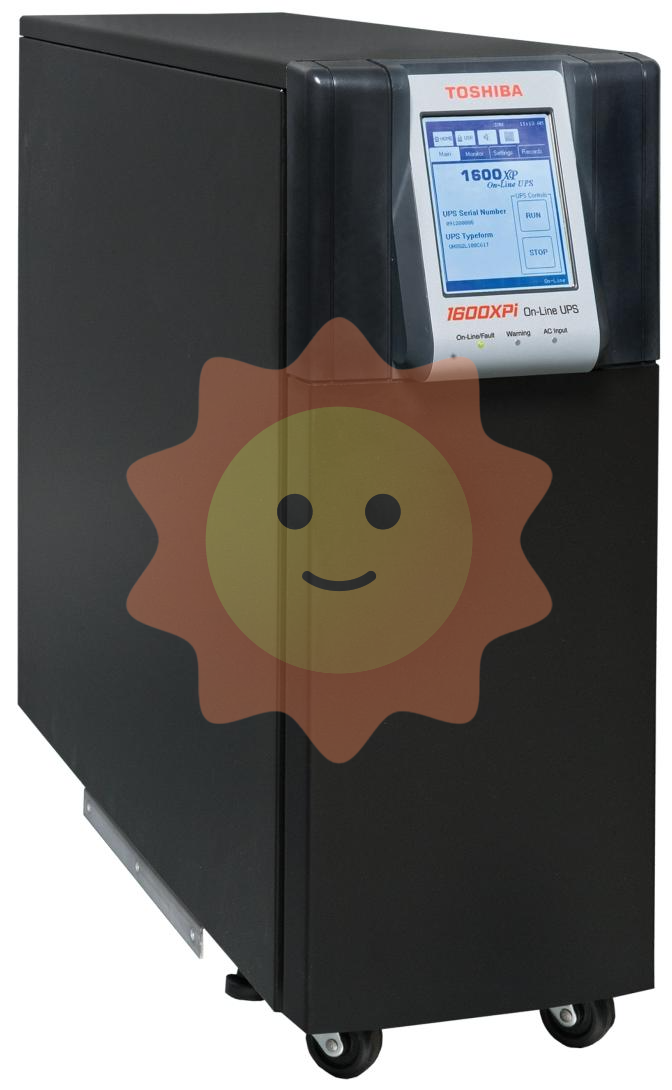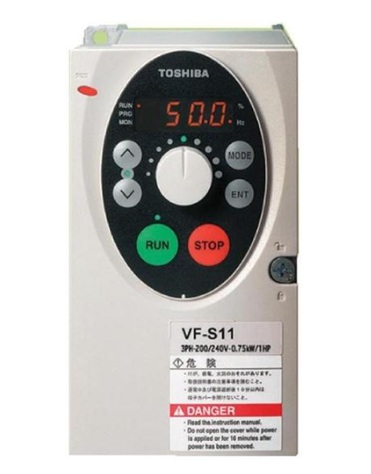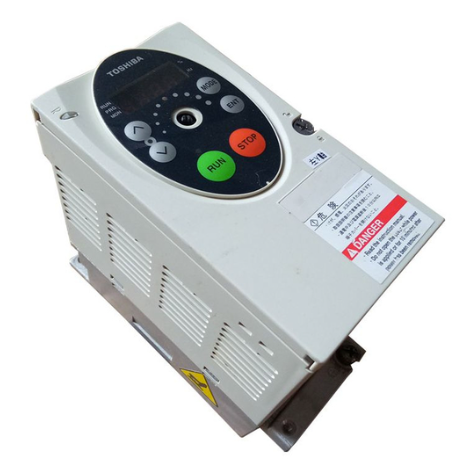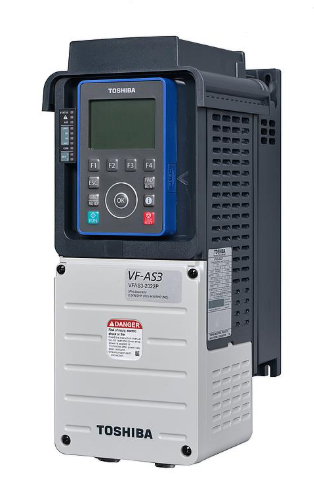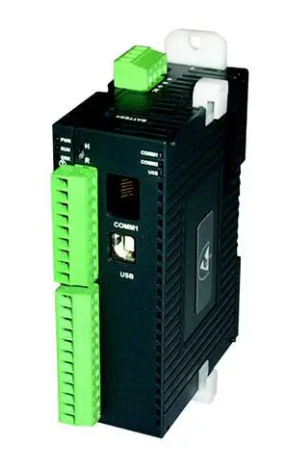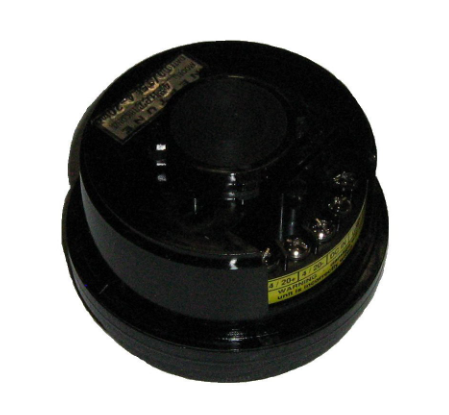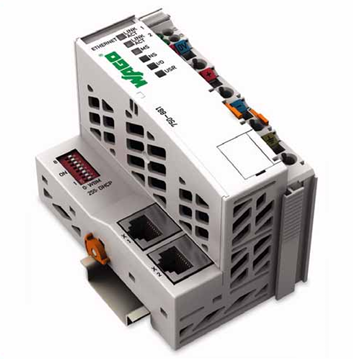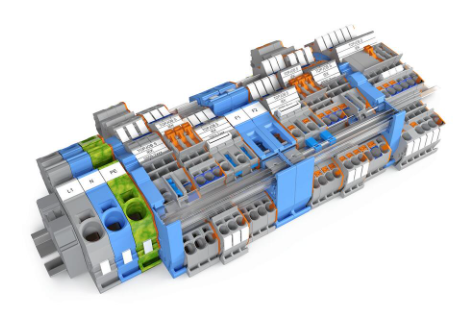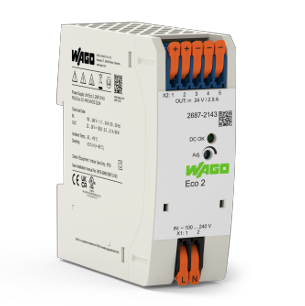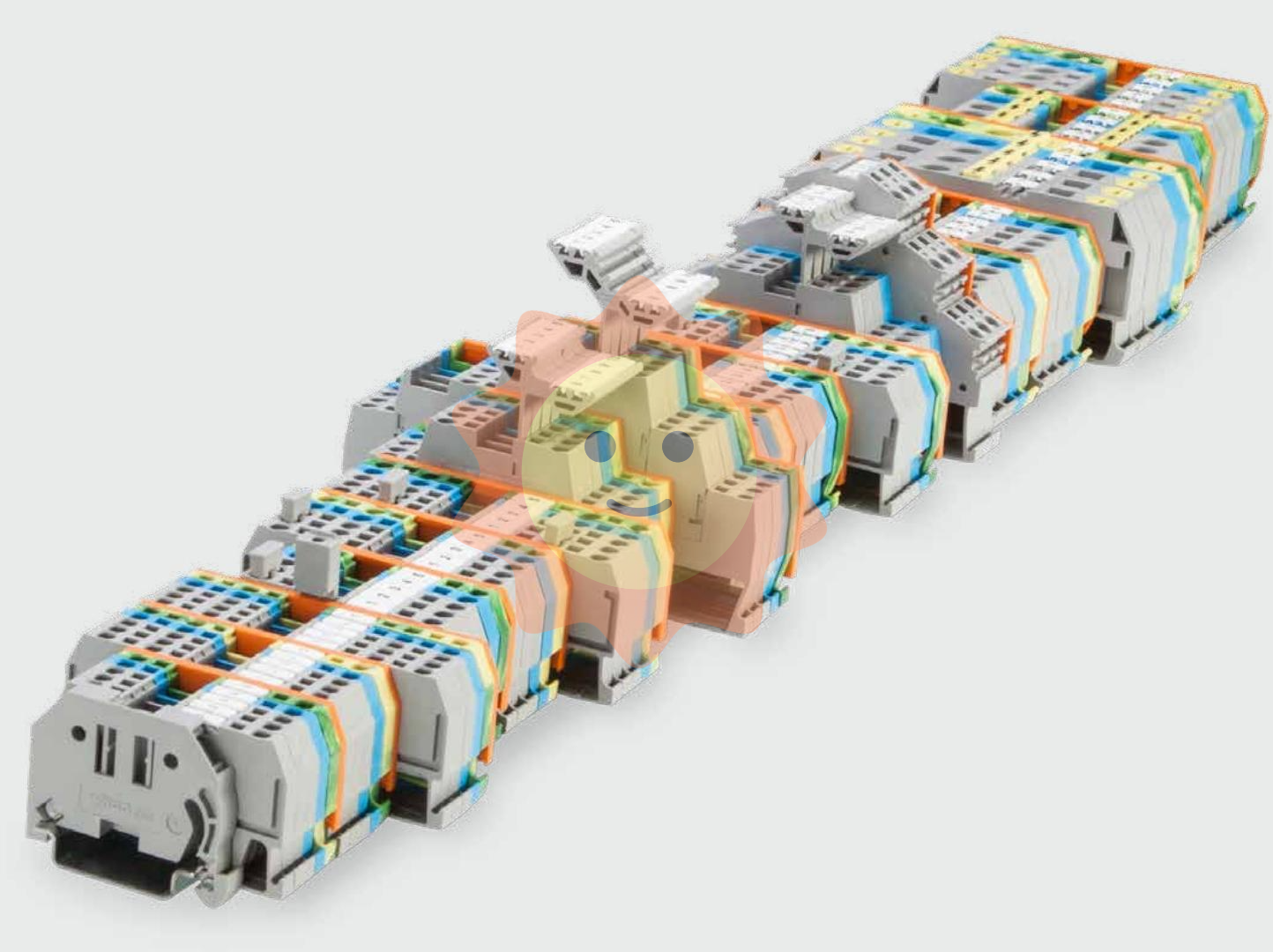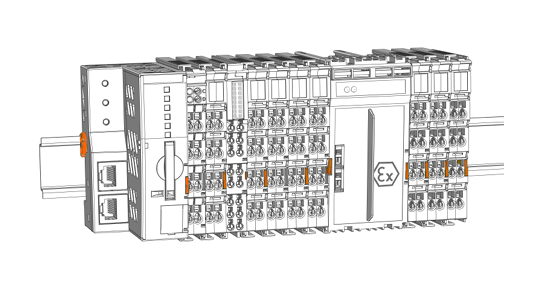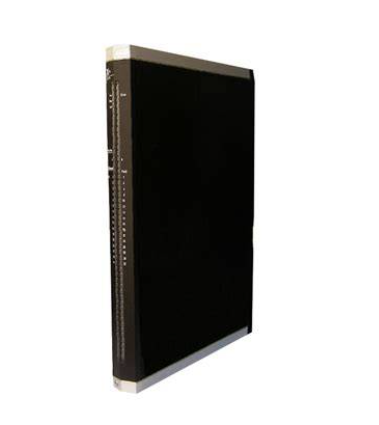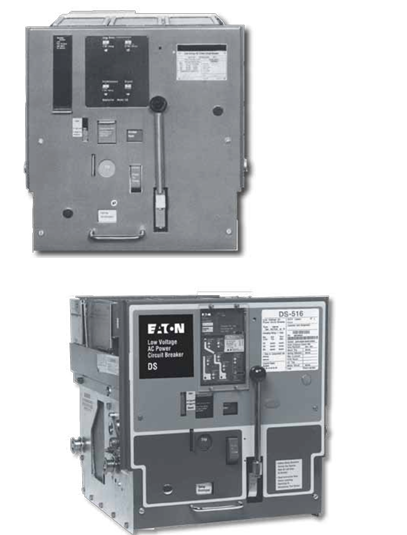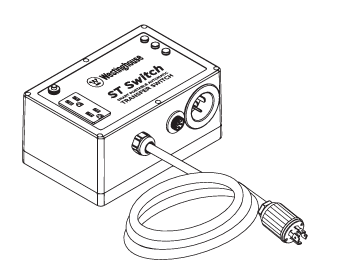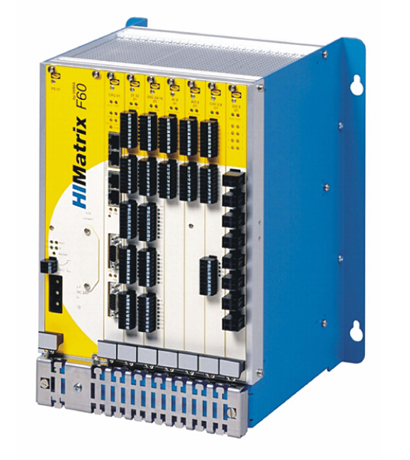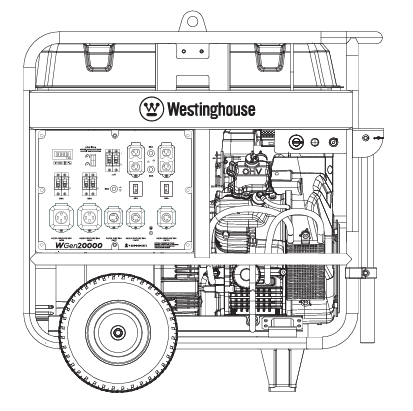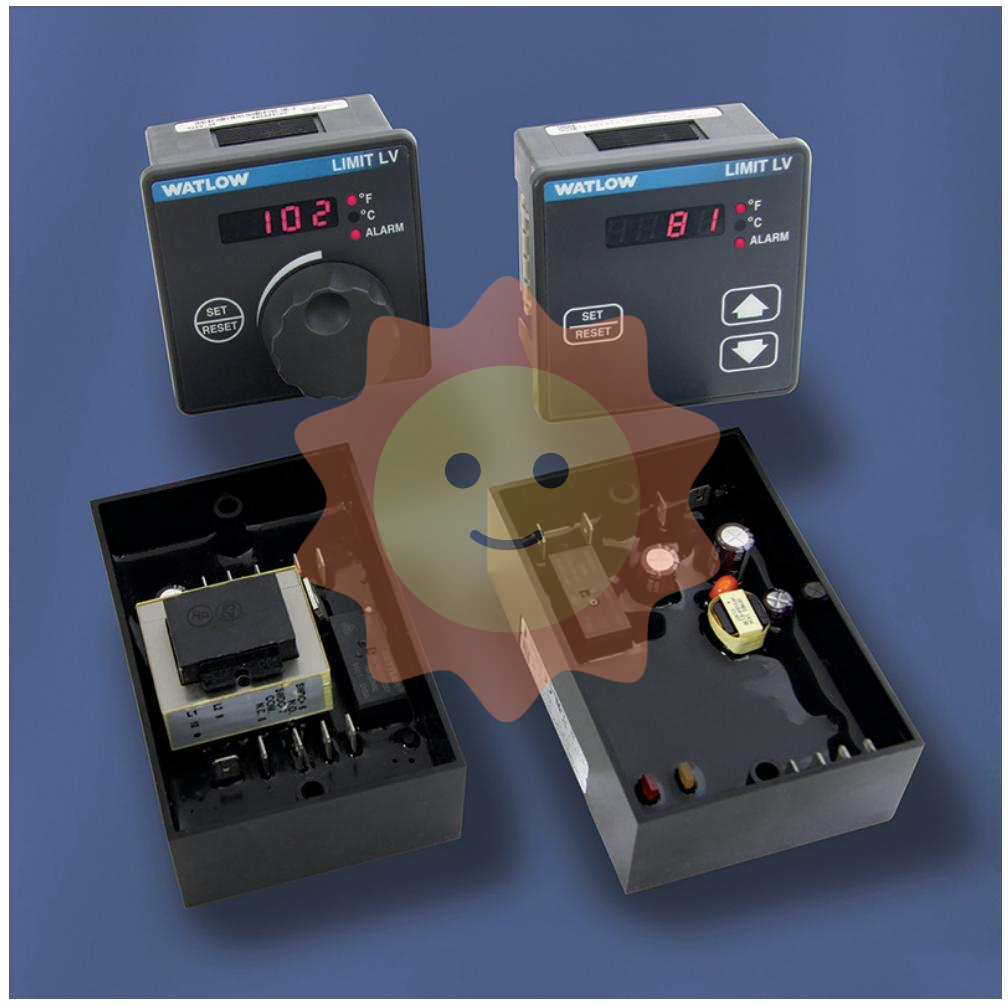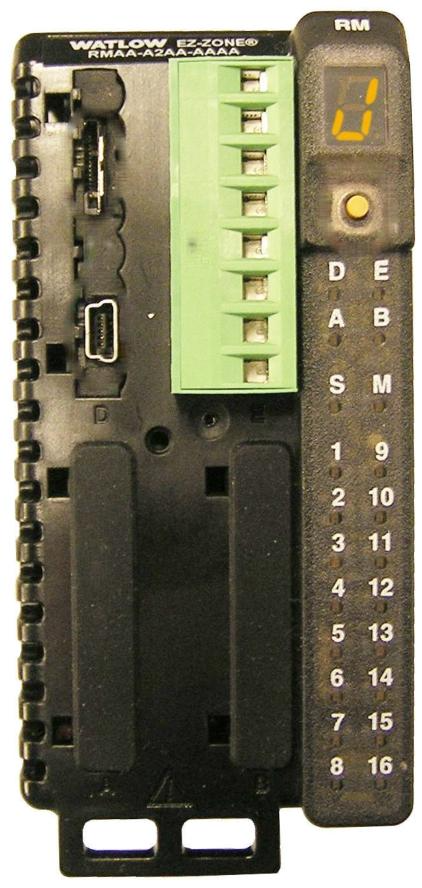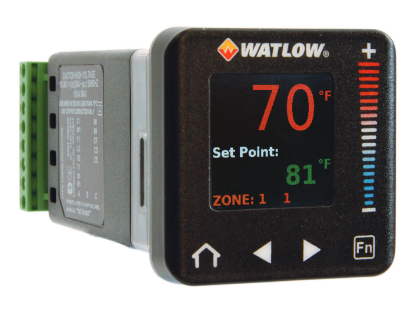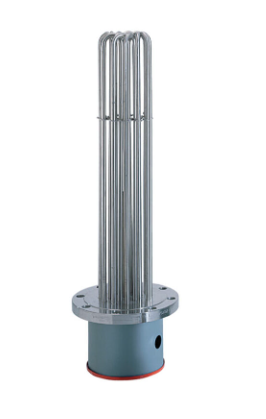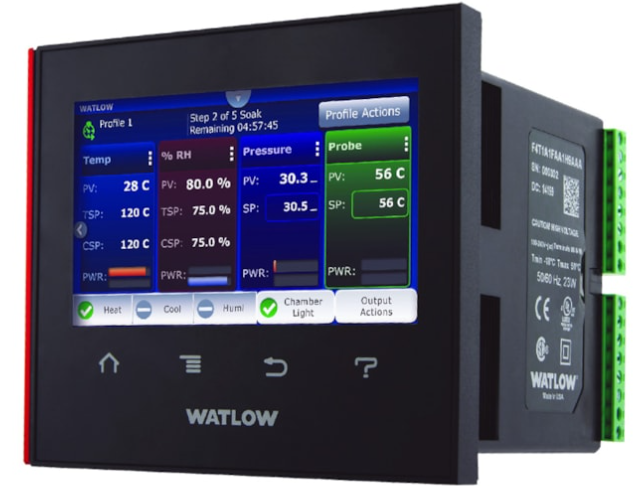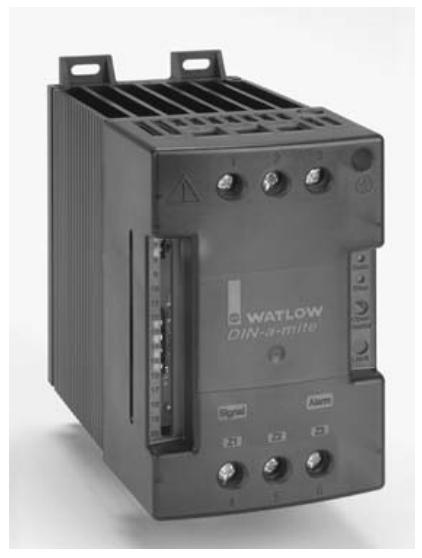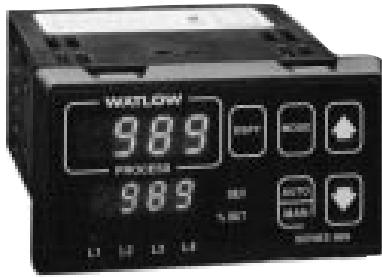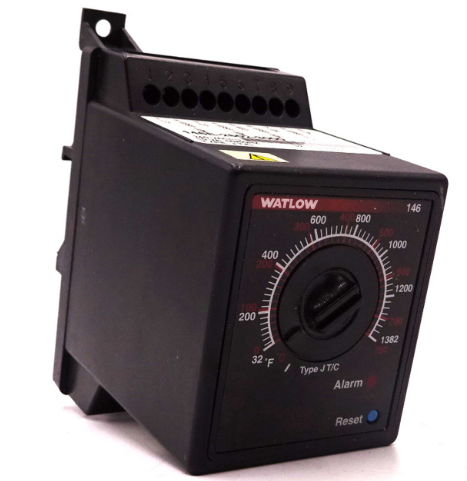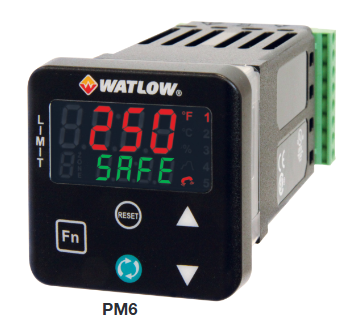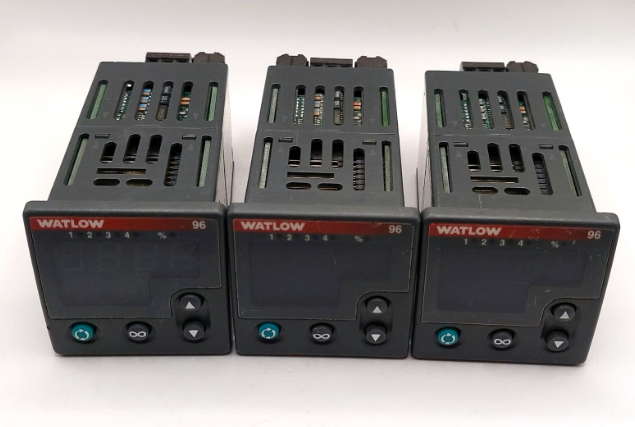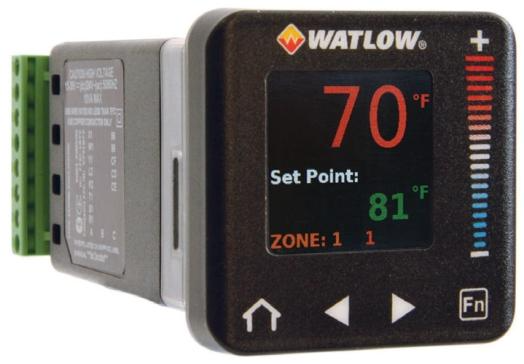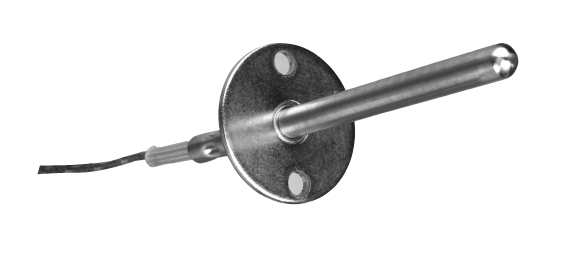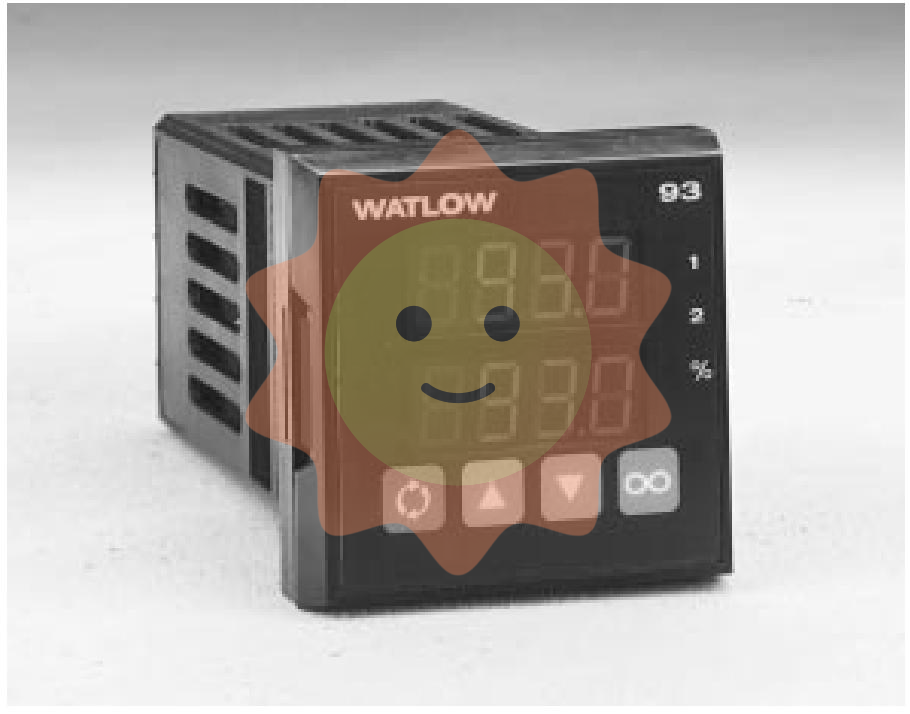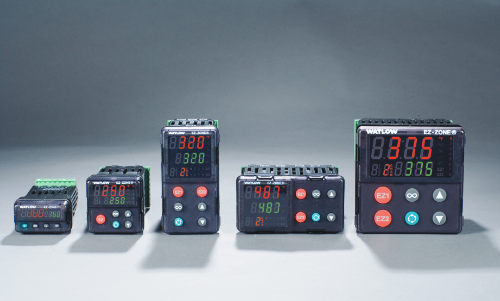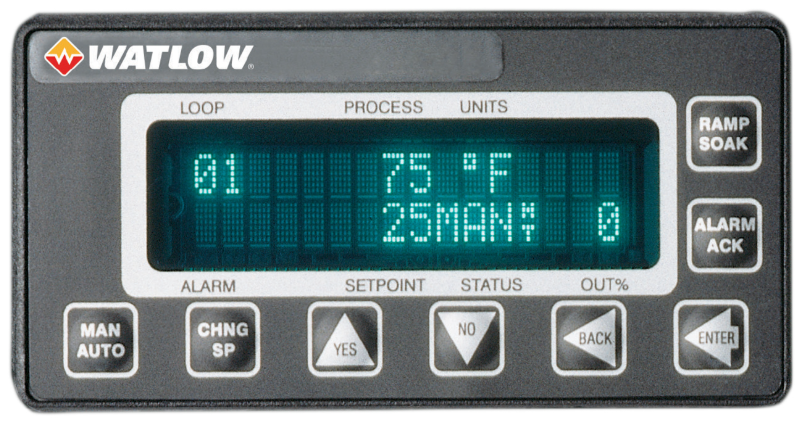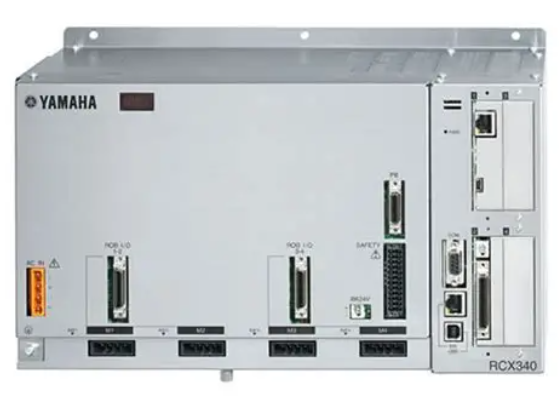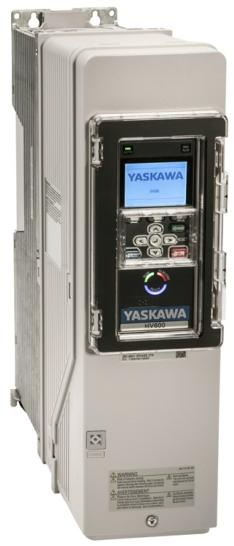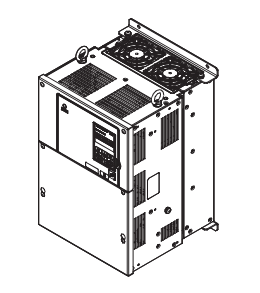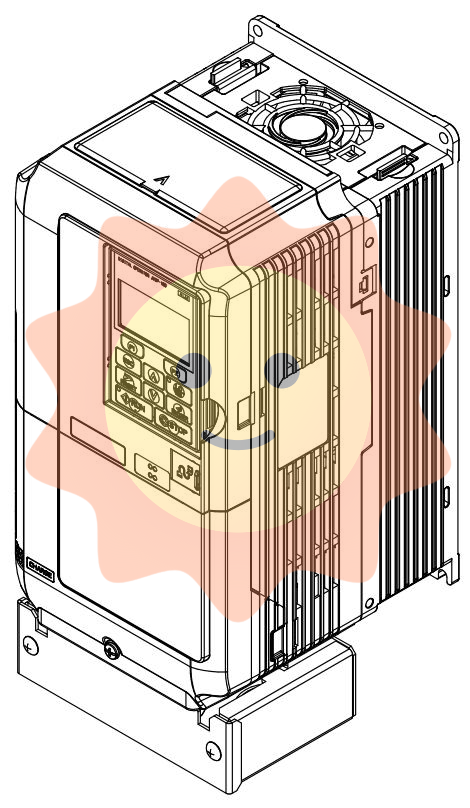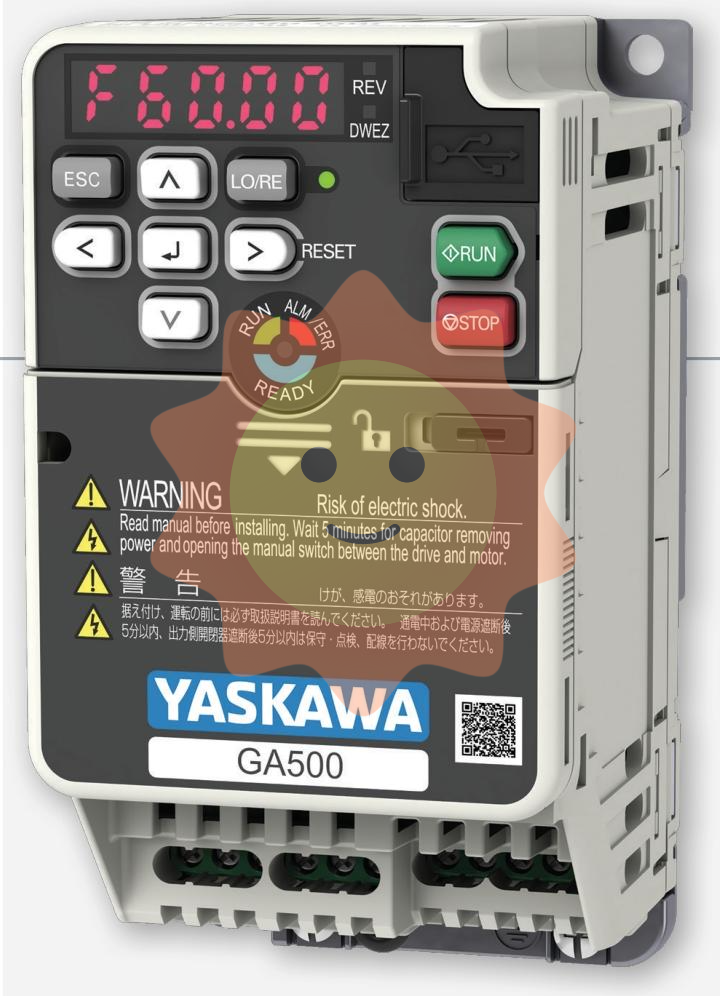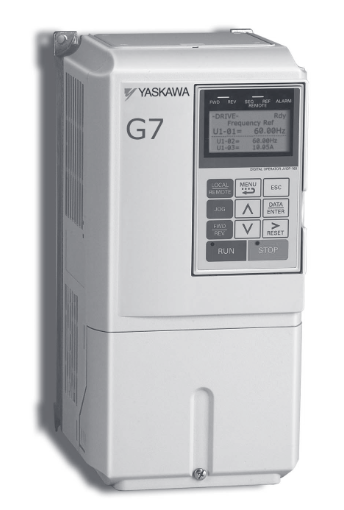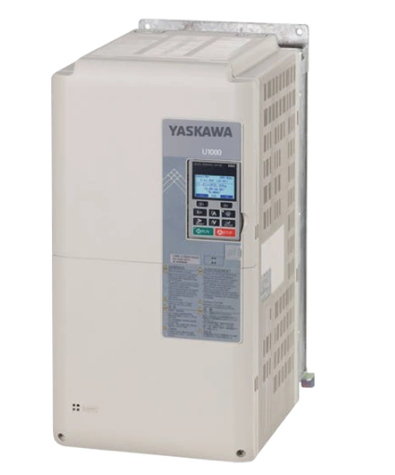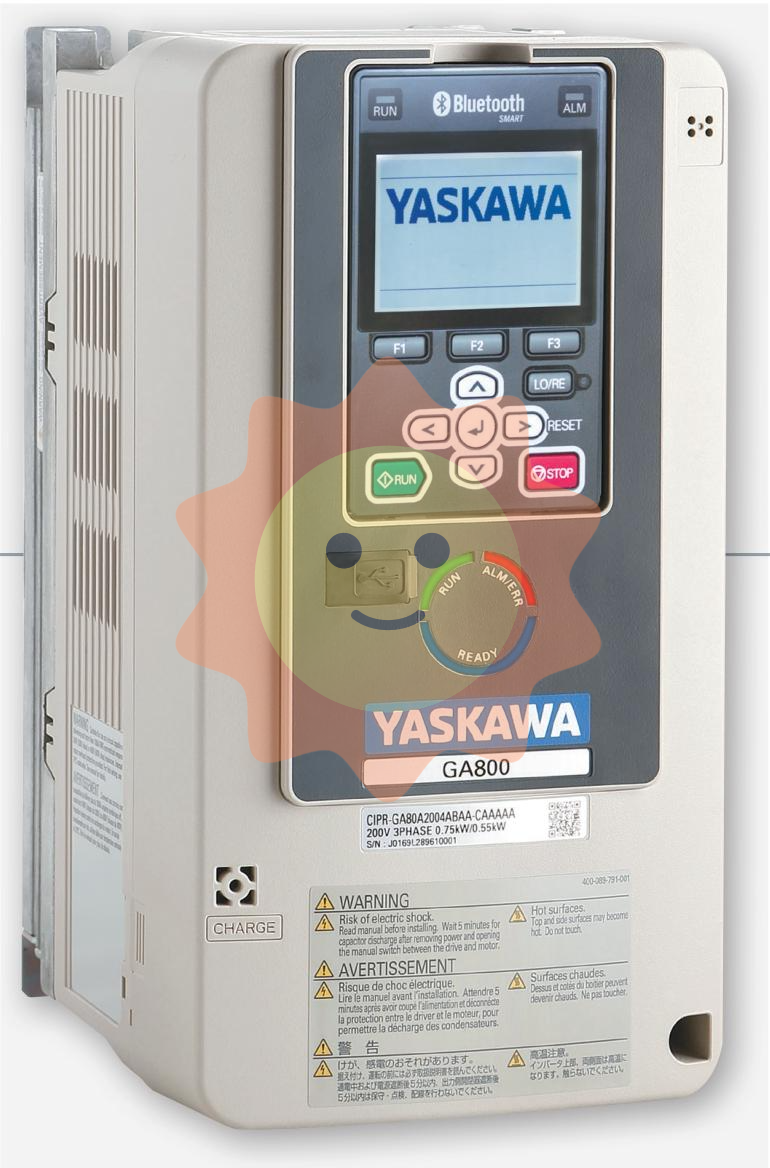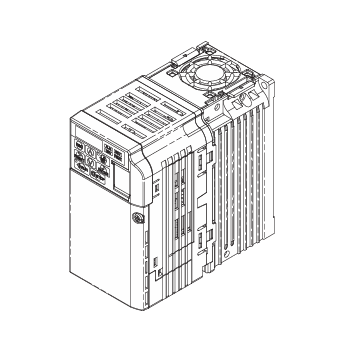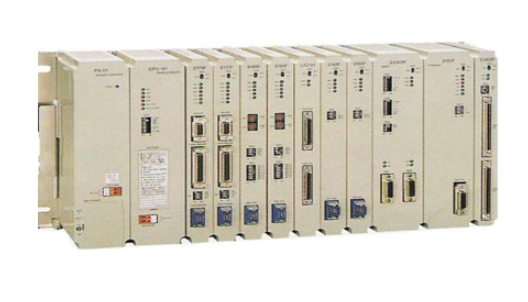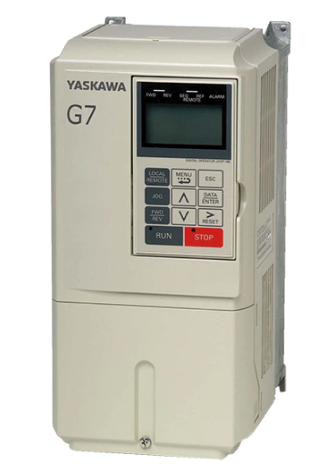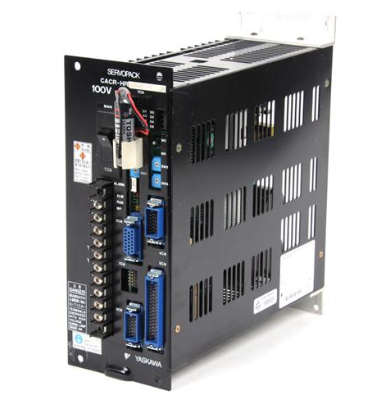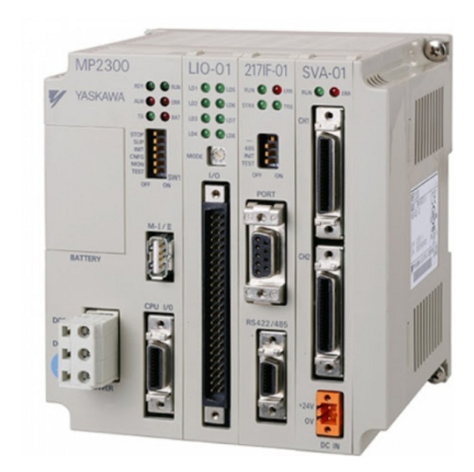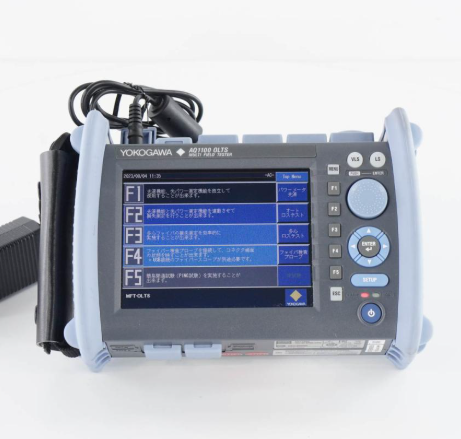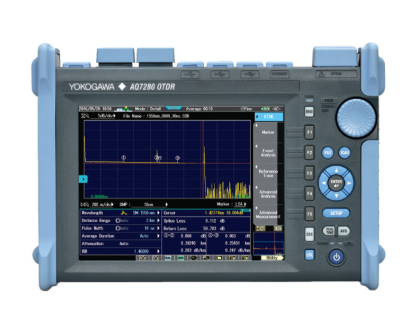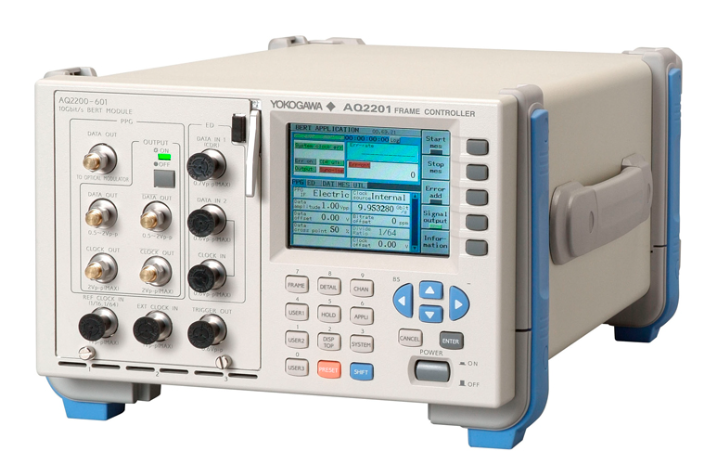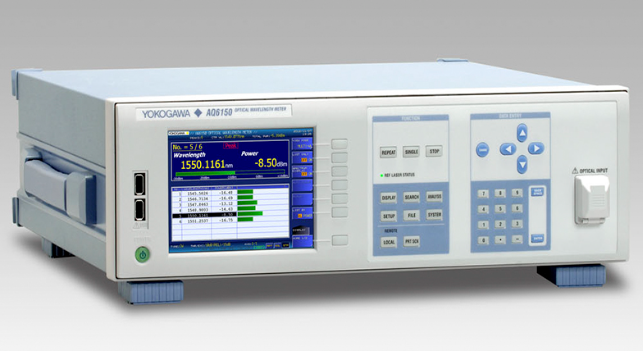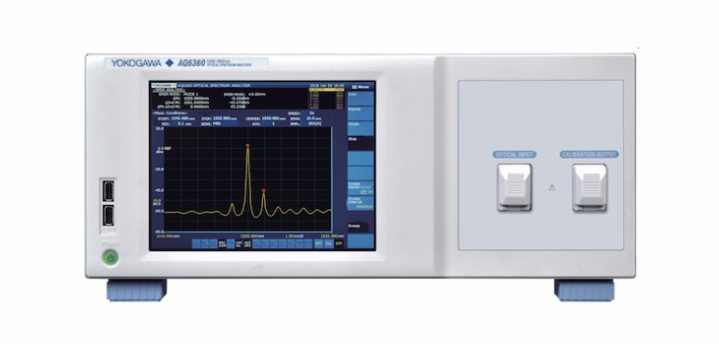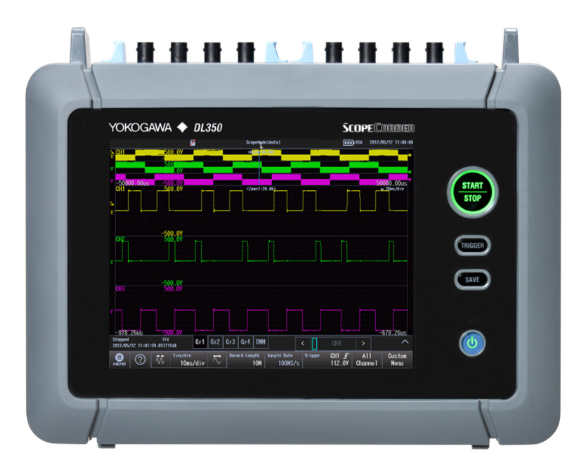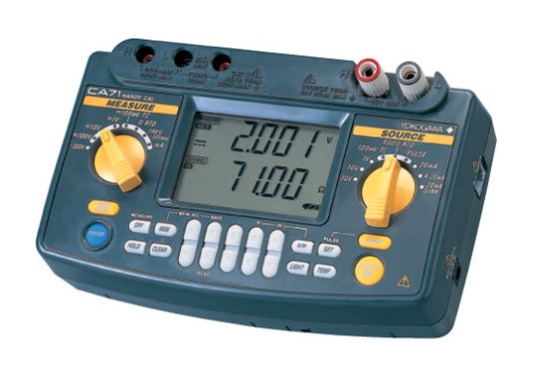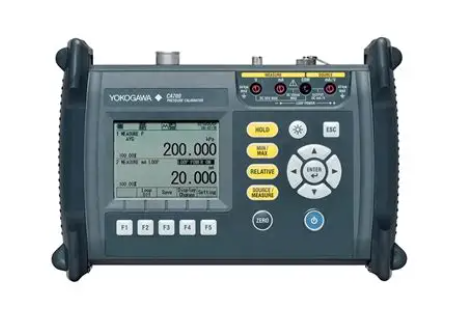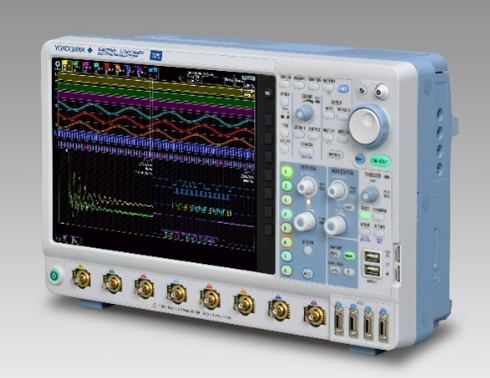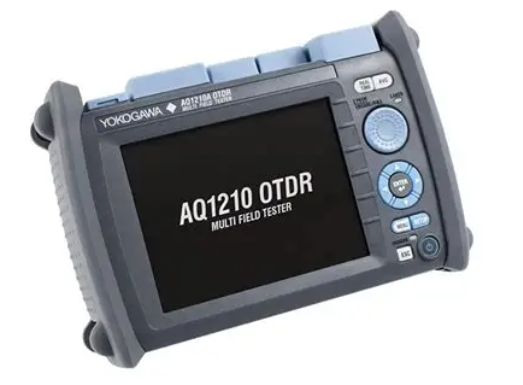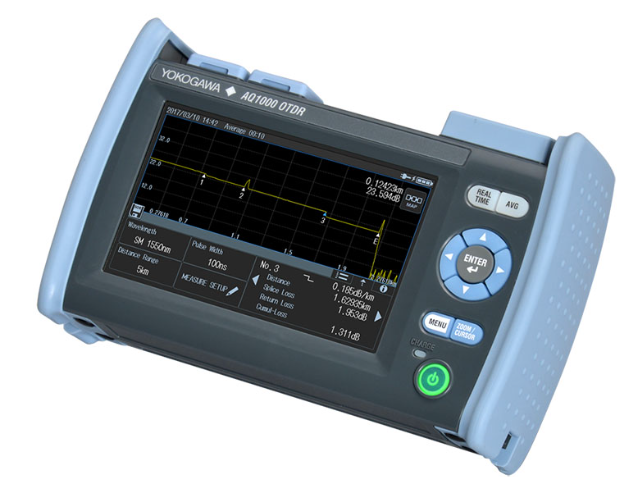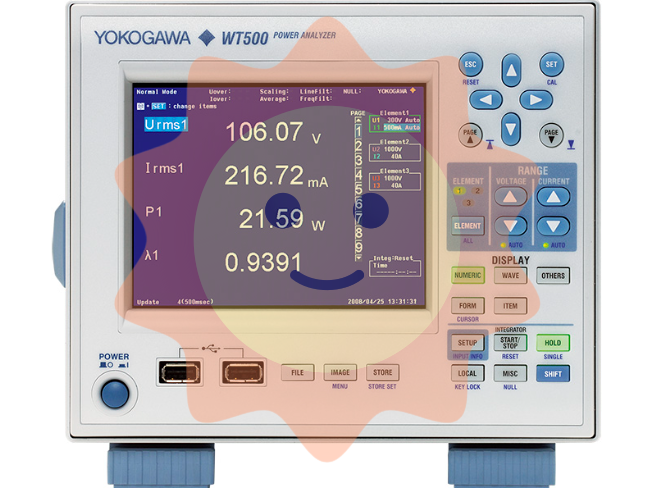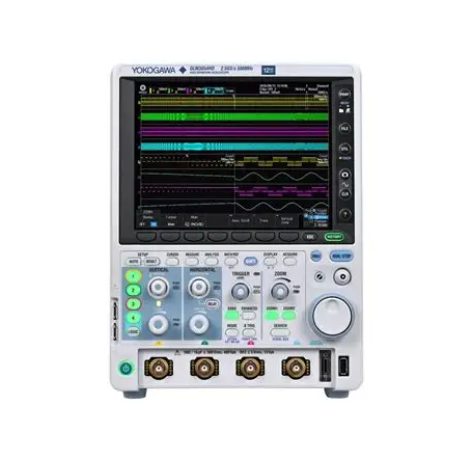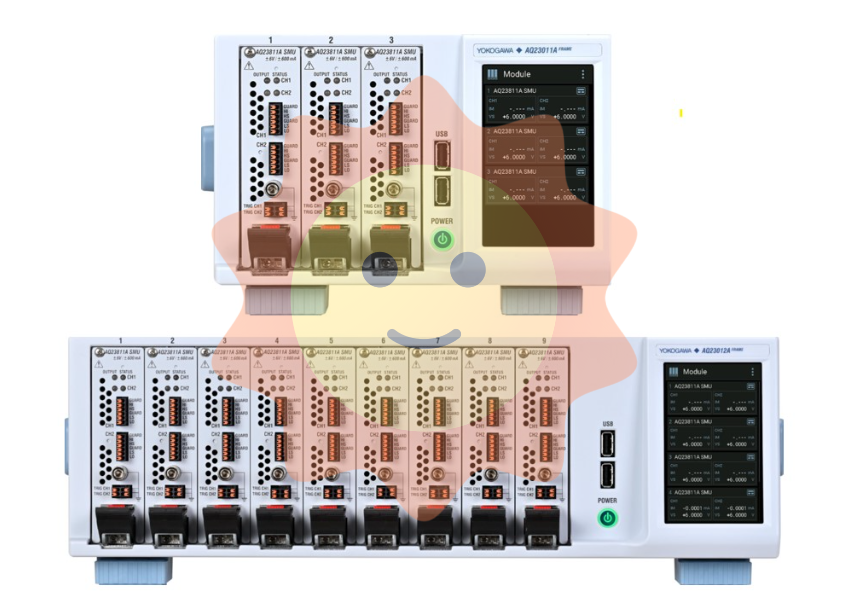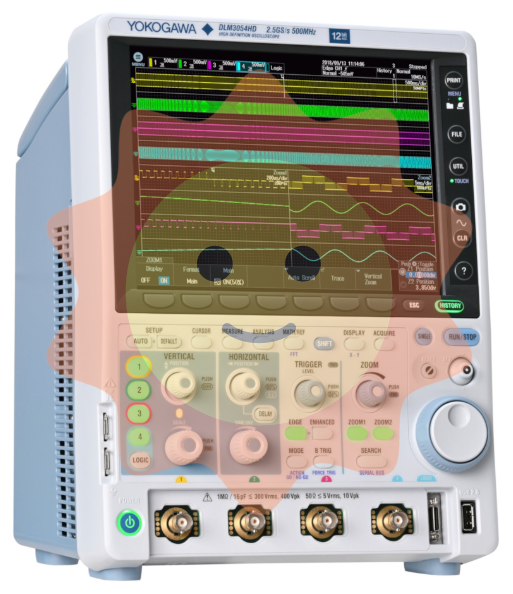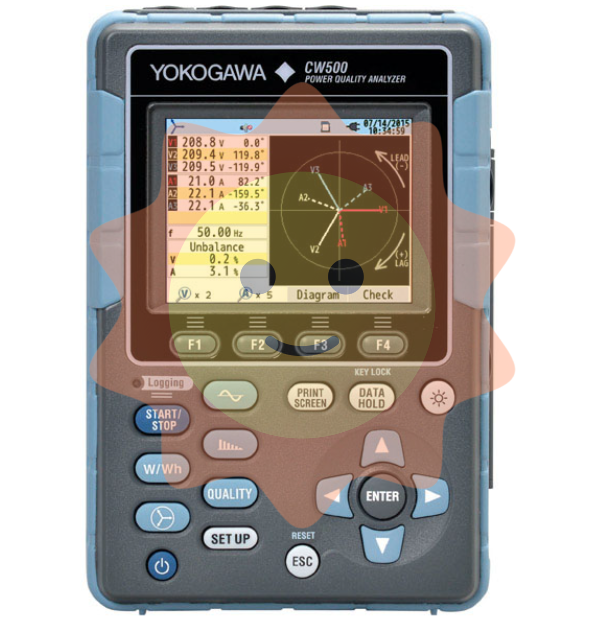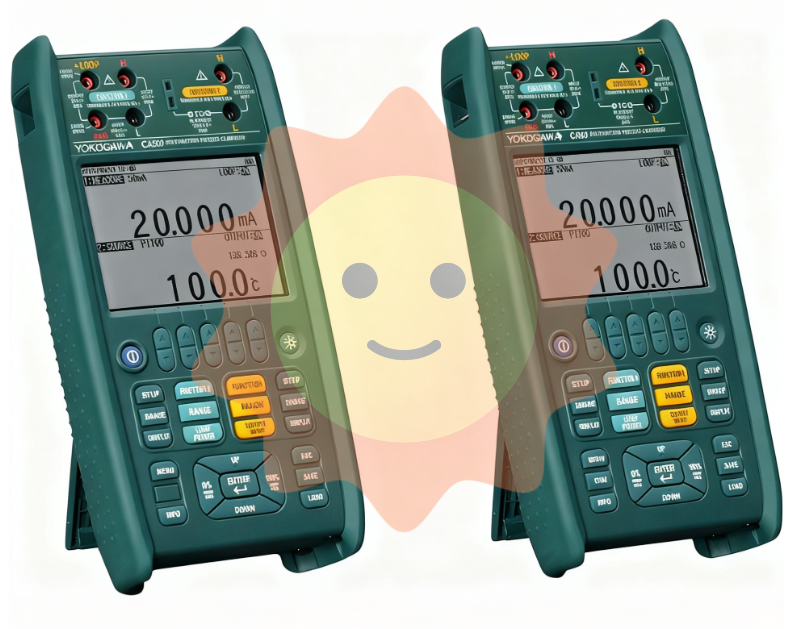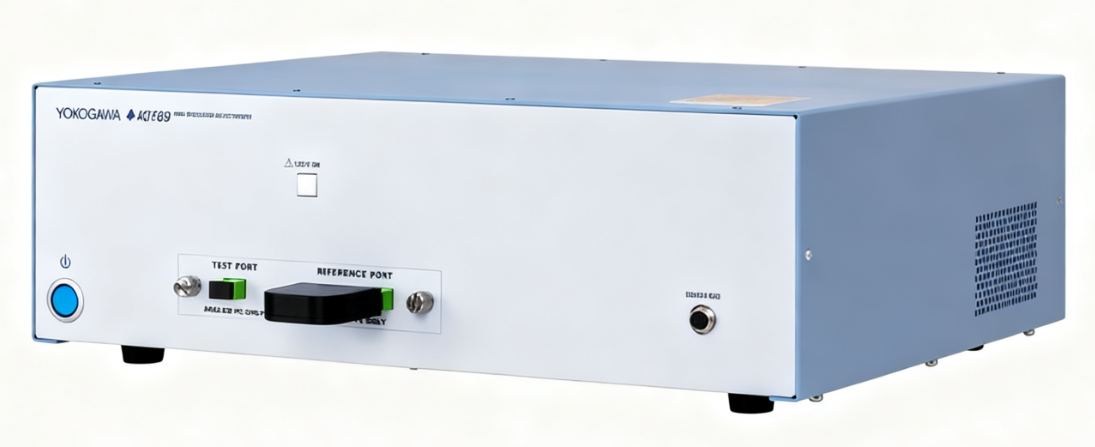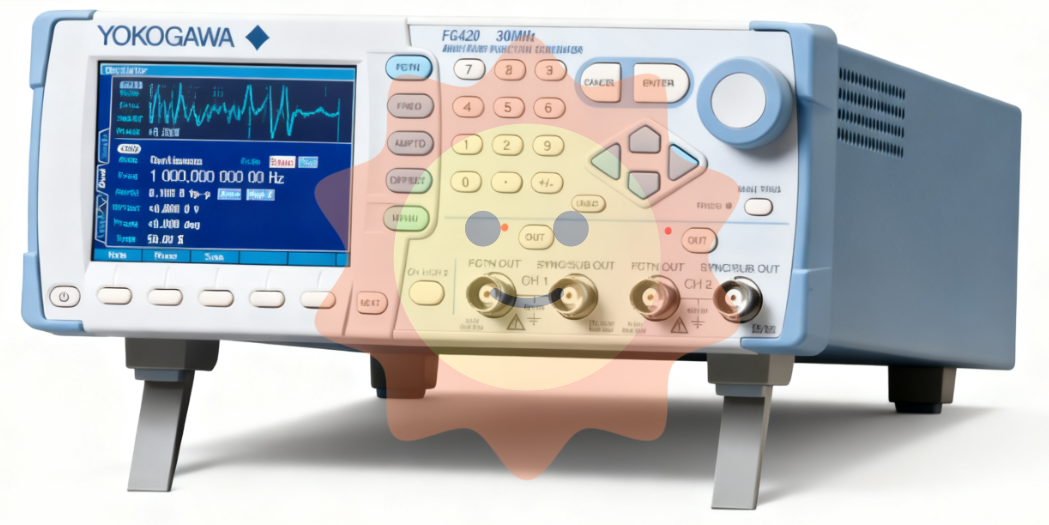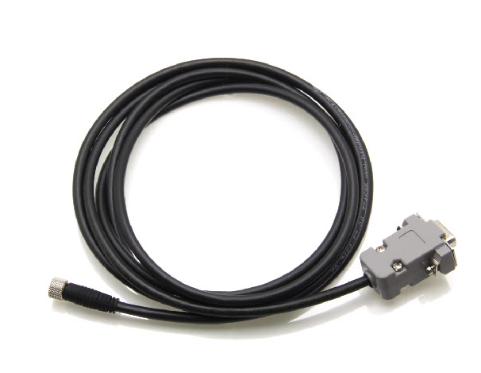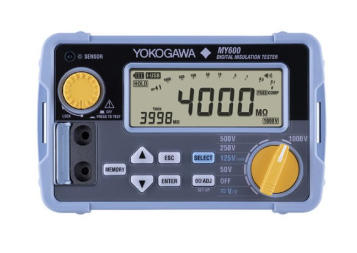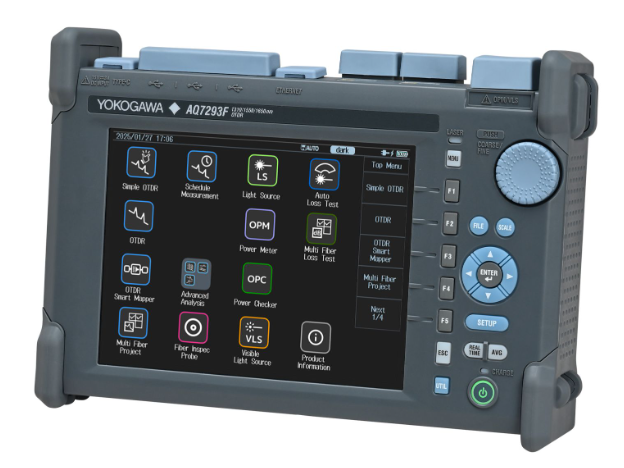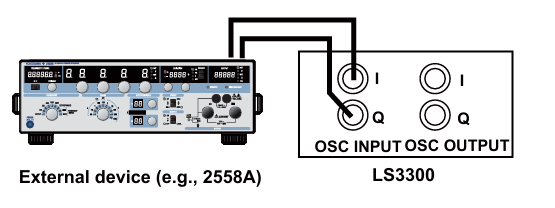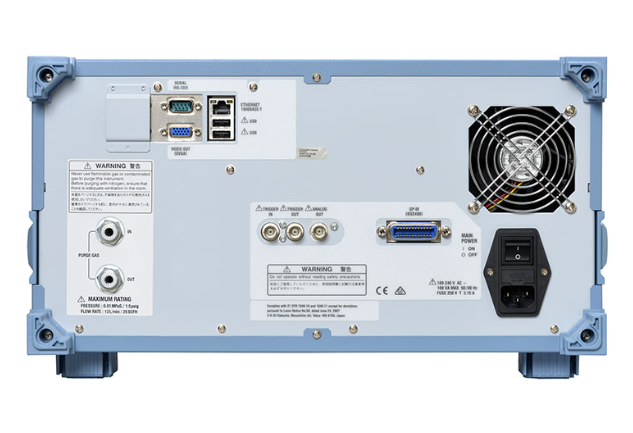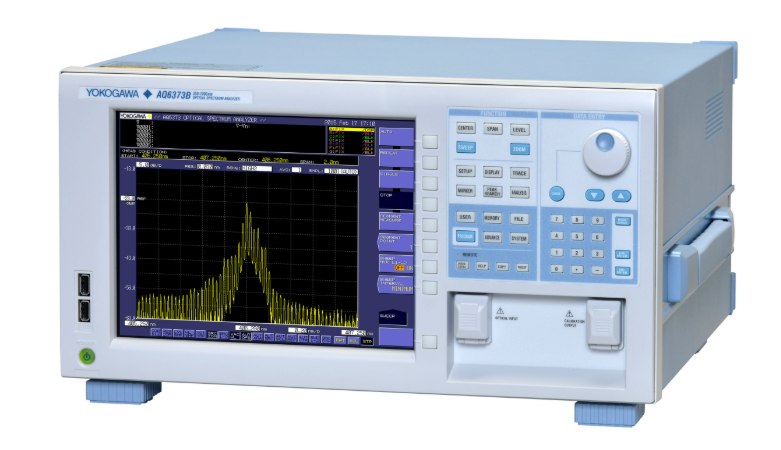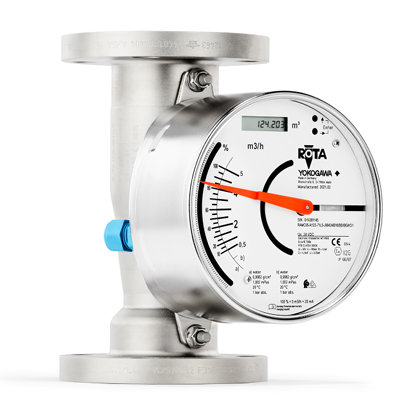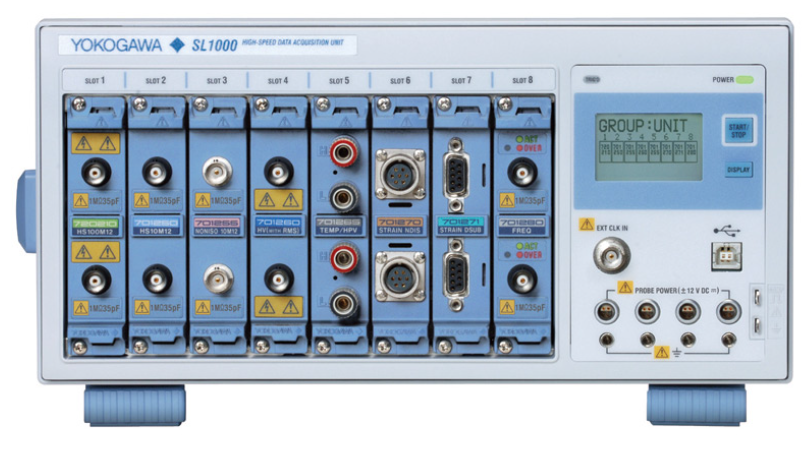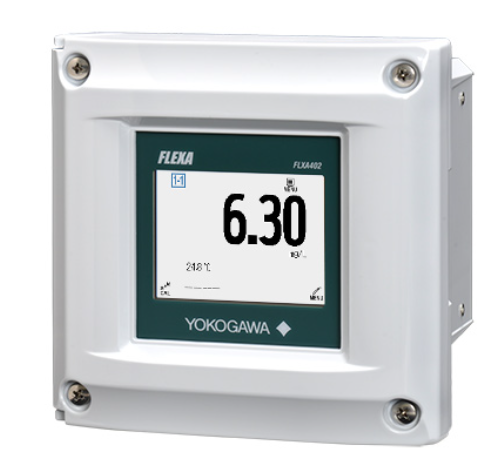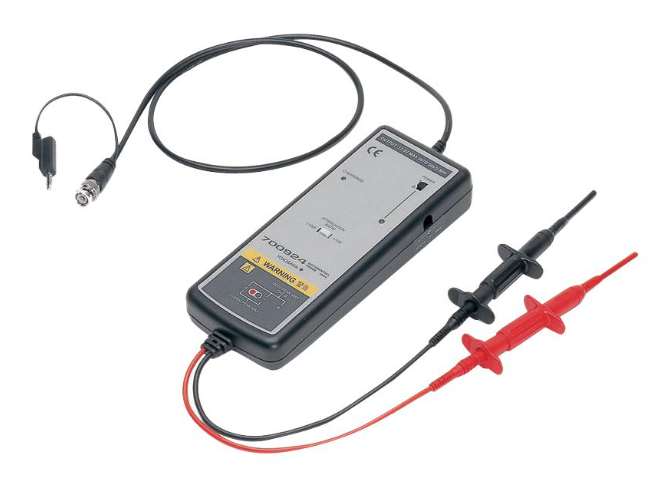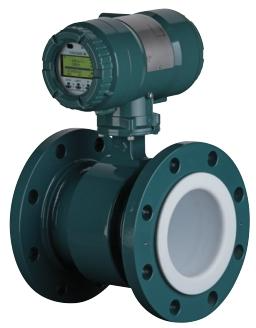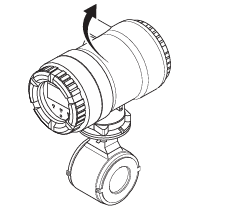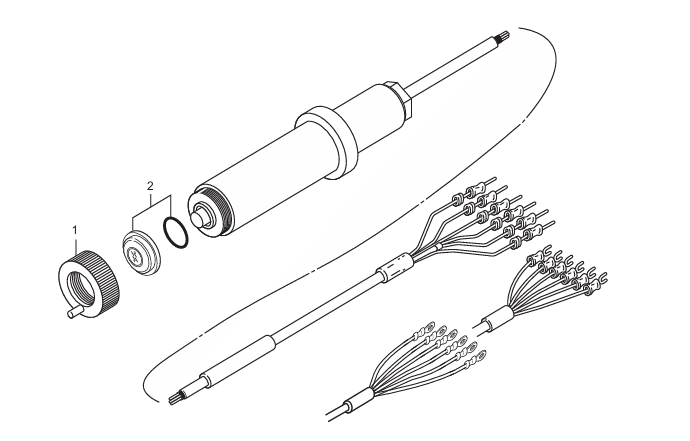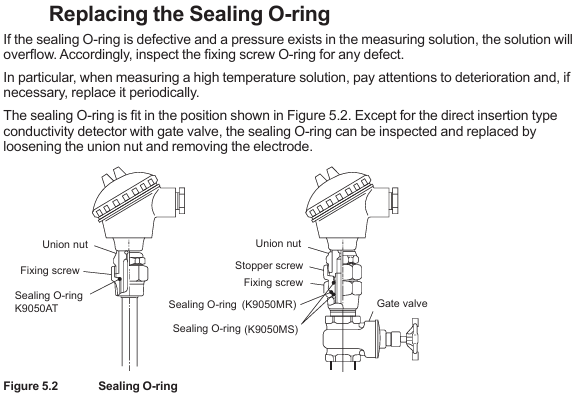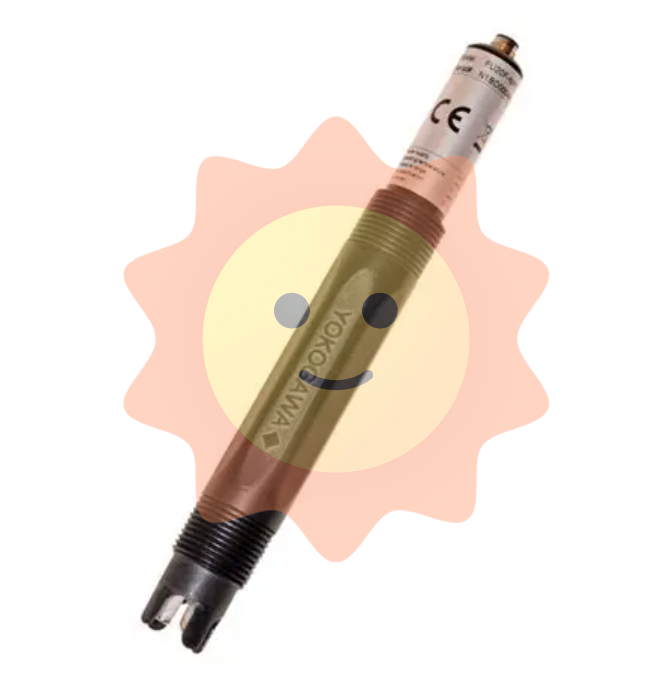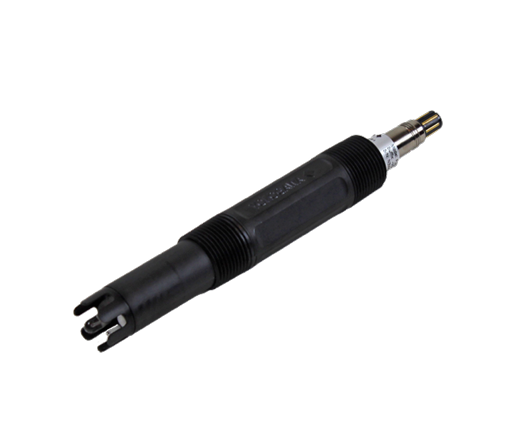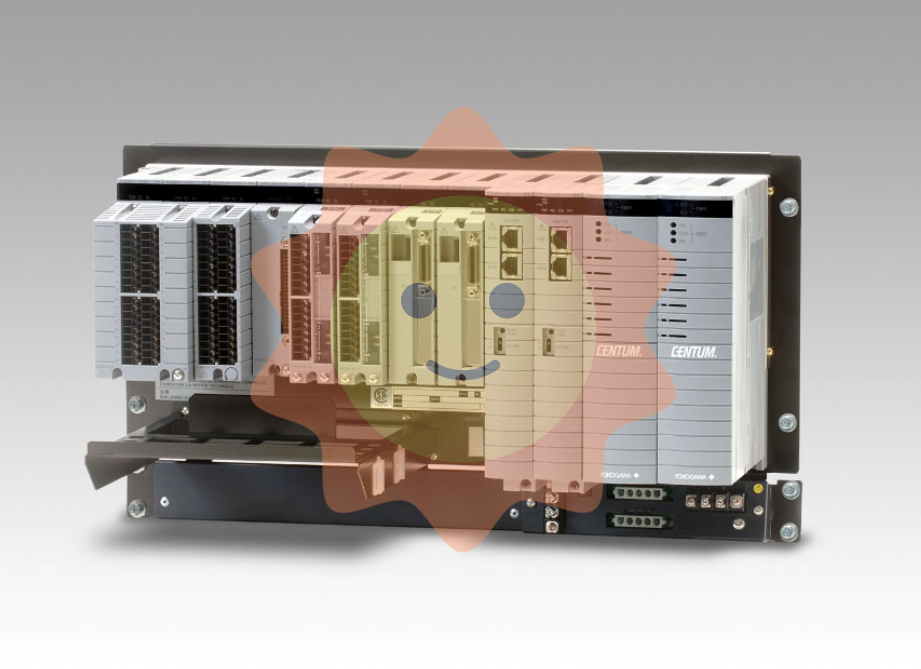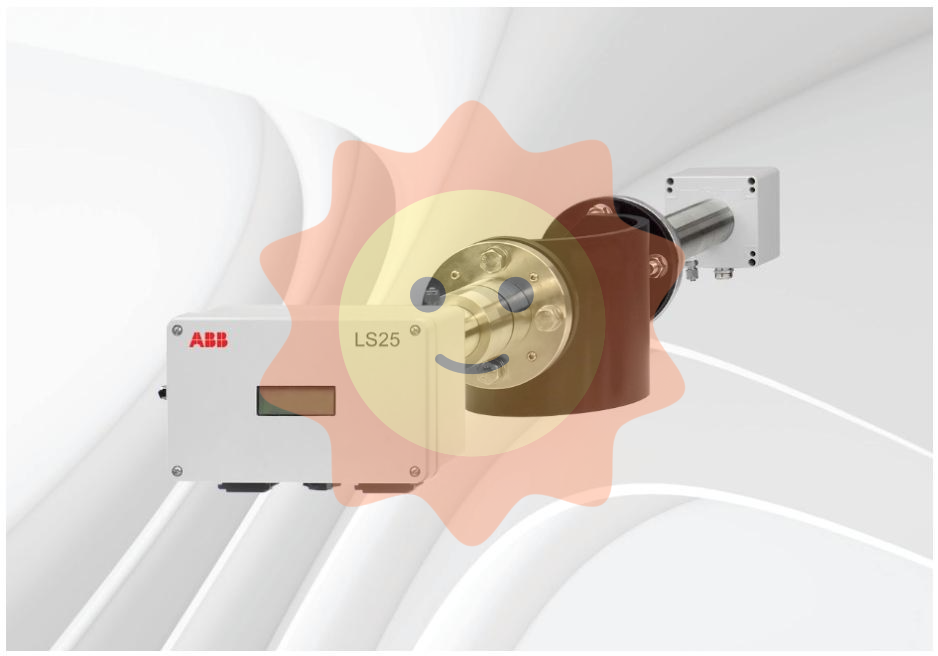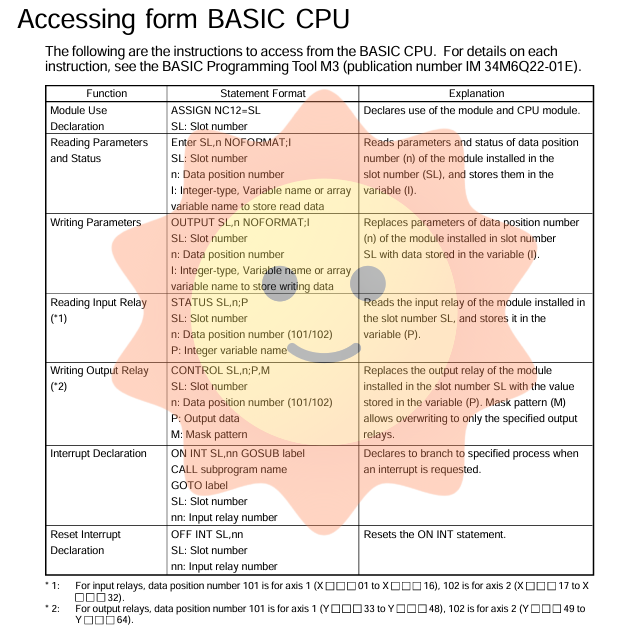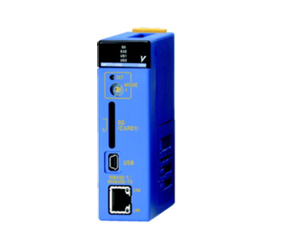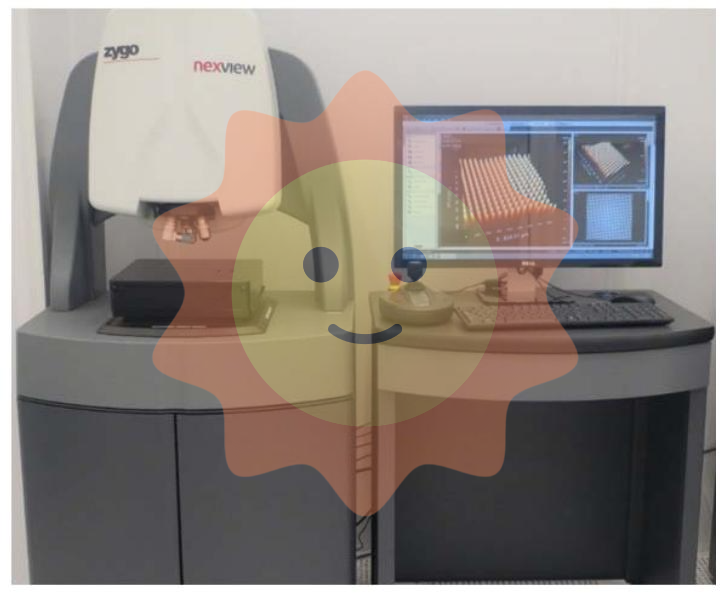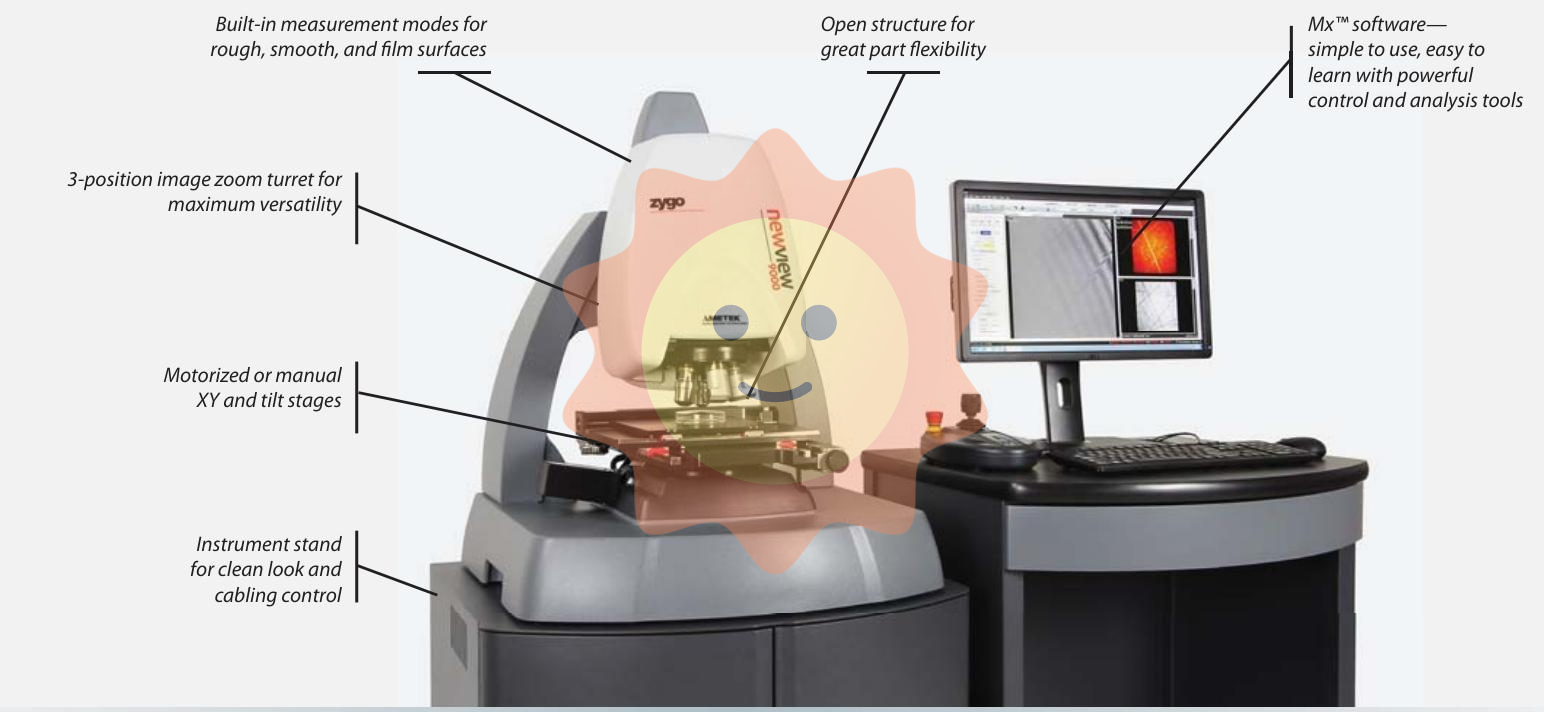GE IC693ALG221Analog Current Input Module
GE IC693ALG221 Analog Current Input Module
Overview
The GE IC693ALG221 is an analog current input module designed to interface with industrial control systems. It plays a crucial role in collecting and processing analog current signals from various sensors and transducers in an industrial environment.
Functionality and Features
Analog Current Signal Reception
The primary function of this module is to receive analog current input signals. It is typically designed to handle a specific range of current values. For example, it might be able to accept 4 - 20 mA current signals, which is a standard range in industrial instrumentation. These current signals can come from a wide variety of sources such as flow meters, pressure transducers, temperature sensors (when configured to output current), and other process - variable - sensing devices. The module provides a reliable interface to capture these signals for further processing.
Signal Conditioning and Conversion
The IC693ALG221 performs signal - conditioning functions on the received current signals. It can filter out electrical noise and interference that might be present in the industrial environment. This filtering helps to ensure the accuracy of the input signals. Additionally, the module converts the analog current signals into digital values. This analog - to - digital conversion (ADC) process is crucial for the module to interface with digital - based control systems such as Programmable Logic Controllers (PLCs). The ADC resolution determines the precision of the converted digital values. For example, a higher - bit ADC can provide more accurate digital representations of the analog input signals.
Data Transfer to the Control System
After converting the analog current signals to digital data, the module transfers this information to the control system. It can communicate with the control system through a standard communication interface, such as the backplane of a PLC chassis or other industrial - network protocols. The data transfer is reliable and efficient, ensuring that the control system receives accurate and up - to - date information about the analog input signals. The control system can then use this data to make decisions, such as adjusting process parameters, triggering alarms, or controlling other output devices.
Scaling and Calibration
The module often allows for scaling and calibration of the input signals. Scaling enables the user to map the received current - signal range (e.g., 4 - 20 mA) to a specific range of values that are meaningful in the context of the process being monitored. For example, if a flow meter outputs a 4 - 20 mA current corresponding to a flow range of 0 - 100 liters per minute, the module can be calibrated to convert the received current signals directly into flow - rate values. Calibration ensures the accuracy of the measured values and can be adjusted according to the characteristics of the connected sensors.
Technical Specifications
Input Signal Specifications
The module has specific requirements for the input current signals. As mentioned earlier, it might handle a 4 - 20 mA current range, but it could also support other ranges depending on the configuration. The input impedance of the module is an important parameter as it affects the loading on the input - signal source. The accuracy of the input - signal measurement, which is usually specified as a percentage of the full - scale reading (e.g., ±0.1% accuracy), determines the reliability of the data collected.
ADC Specifications
The analog - to - digital conversion specifications include the resolution of the ADC. It could have a resolution of, for example, 12 - bits or 16 - bits. A 12 - bit ADC can provide 4096 discrete levels () for representing the analog input signals. The conversion speed, measured in samples per second, indicates how quickly the module can convert the analog current signals to digital values. This is important in applications where rapid changes in the input signals need to be monitored.
Communication Interface Specifications
The IC693ALG221 communicates with the control system through a defined communication interface. It may support protocols such as Genius Bus or other GE - specific protocols. The communication interface has a defined data transfer rate and a specific pin - configuration for connecting to the system bus. The data transfer rate determines how quickly the module can send the input - data to the control system, and the pin - configuration ensures proper electrical connection and communication.
Applications
Industrial Process Monitoring and Control
In chemical and petrochemical plants, the GE IC693ALG221 is used to monitor process variables such as flow rate, pressure, and temperature. The 4 - 20 mA current signals from the respective sensors are received and converted by the module, allowing the control system to maintain the process within the desired operating parameters. For example, it can be used to monitor the flow rate of chemicals in a pipeline and adjust valves to maintain a constant flow.
Automated Manufacturing
In manufacturing processes, the module can be used to collect data from sensors that measure parameters like the position of a robotic arm (using a current - based position sensor), the force exerted by a gripping mechanism, or the speed of a conveyor - belt motor (if the motor - drive provides a current - feedback signal). This data helps in ensuring the quality and efficiency of the manufacturing operations.
Power - Generation and - Distribution
In power - generation and - distribution systems, the IC693ALG221 can be used to monitor parameters such as current - carrying capacity of power lines (using current transformers that output a scaled current signal), the temperature of transformers (with temperature sensors that output current), and the load current of generators. The collected data is used for load - balancing, fault - detection, and system - maintenance purposes.

- User name Member Level Quantity Specification Purchase Date
- Satisfaction :
-









Email:wang@kongjiangauto.com

